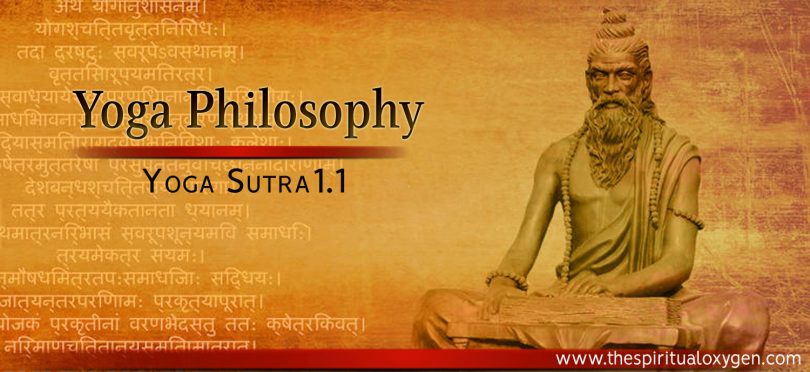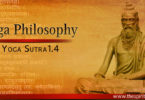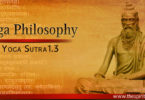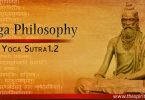The yoga sutras are one of the major texts of the practice and theory of yoga. undertaking the sincere study of yoga sutra is must for all the practitioner of yoga. I have already posted two blogs previously on Introduction of Yoga Sutra and Sankhya Darsan : Origin of Yoga Practices. Now we going to dive into yoga sutras to understand them.
First Sutra – Pratigya Sutra (Oath Sutra)
It is always very important that how the author begins the text. The very first sutra of Patanjali’s yoga sutra known as ‘pratigya sutra’ (Oath Sutra). With this first sutra Patanjali is beginning the discipline of yoga which has to be undertaken with dedication and faith.
अथ योगानुशासनम्॥1.1॥
ATHA YOGANUSHASANAM ॥1.1॥
“Now, the discipline of yoga”
Translation and Comments
Atha – now, beginning of something, auspicious commencement
The word ‘ATHA’ can simply translate as ‘now’ or ‘beginning of something’. Here with this word Patanjali indicates towards the beginning of the text. In the tradition an auspicious word always used to begin something hence the word atha has been used here because the word atha signify auspicious commencement. If we look at this in other way; yoga sutra is a practical text and Sankhya is the theoretical text of yoga therefore we can say that atha indicates towards prior requirement of understanding concepts of Sankhya Darsan.
Yoga – Samadhi, union, meditative absorption
The word yoga generally translated as union, which is used in the context of connection between two (most commonly union between individual soul and higher soul). Also the word yoga comes from the root ‘yuj’ means Samadhi (meditative absorption). In the commentary of Sage Vyasa – he has stated that ‘yoga is samdhi’.
Anushāsanam – discipline, following the teaching, following the text
The word ‘Anushasanam’ commonly translated as ‘discipline’. But if we look at the word Anushasanam, can be divided into ‘anu + shasanam’. Anu means ‘follow’, shasanam means ‘to teach’ or ‘to instruct’ therefore this can also be translated as ‘following the teachings/instructions’. this knowlege of yoga is not new but same old tradition which is being passed on from ages. Therefore with the word ‘anu’ means ‘follow’, Patanjali indicates that the knowledge which is delivering he does not owns it but rather he is teaching pre existing teachings or ancient tradition of yoga.
The word yoga and anushasanam are connected word so ‘yoganushasanam’ means ‘discipline of yoga’ or ‘teaching of yoga’. Now from here Patanjali going to give the instructions of liberation.







